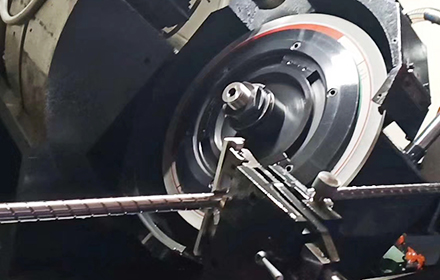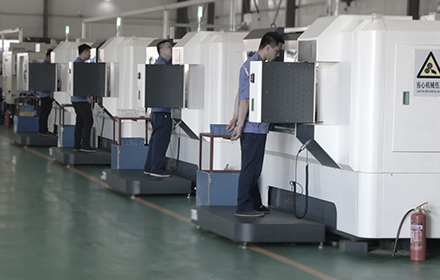The main advantages of induction heating are: localized heating rather than overall heating, resulting in minimal deformation and low energy consumption; no harmful effects; rapid heating, preventing oxidation and decarburization of the workpiece surface; the surface hardening layer can be adjusted as needed and is easy to control; heating equipment can be installed on machining production lines, facilitating mechanization and automation, simplifying management and reducing transportation, saving manpower, and improving production efficiency; martensite hardness, strength, and toughness are relatively high; the workpiece surface has significant compressive internal stresses, making the workpiece more resistant to fatigue and breakage.
Induction heating also has some drawbacks. Compared with flame hardening, induction heating equipment is relatively complex and less adaptable, making it difficult to ensure the quality of complex-shaped parts.
Induction heating is widely used for surface hardening of gears, shafts, crankshafts, cams, rollers, etc., to enhance their wear resistance and fatigue failure resistance. The surface hardening of the car's rear axle using induction heating increases the fatigue cycle under the designed load by about 10 times compared to adjusted treatment.
The induction heating does not require overall heating of the workpiece and can selectively heat local areas, resulting in low energy consumption and minimal deformation of the workpiece.
Rapid heating can bring the workpiece to the desired temperature in a very short time, even within a second. Thus, oxidation and decarburization of the workpiece surface are relatively minor, and most workpieces do not need gas protection.
Adjusting the equipment's working frequency and power as needed to control the surface hardening layer. The hardness, strength, and toughness of the martensite in the hardening layer are all relatively high.
Workpieces heat-treated by induction heaters have a thick tough region under the surface hardening layer and good compressive stress, resulting in high fatigue and fracture resistance.
Heating equipment from a leading induction heating equipment factory like Junko is easy to install on production lines, can be easily mechanized and automated, is simple to manage, effectively reduces transportation, saves manpower, and improves production efficiency.
Can achieve multi-purpose functionality. Can complete various heat treatment processes such as quenching, annealing, tempering, normalization, and tempering, as well as welding, smelting, hot assembly, hot disassembly, and hot forming.
Convenient to use, simple to operate, can be turned on or off at any time, and does not require preheating.
Can be operated manually, semi-automatically, or fully automatically; can be used for long periods or randomly; beneficial for using equipment when electricity prices are low.
High energy efficiency, environmentally friendly, safe and reliable, improved worker working conditions, and supported by national policies.
This is the first one.


